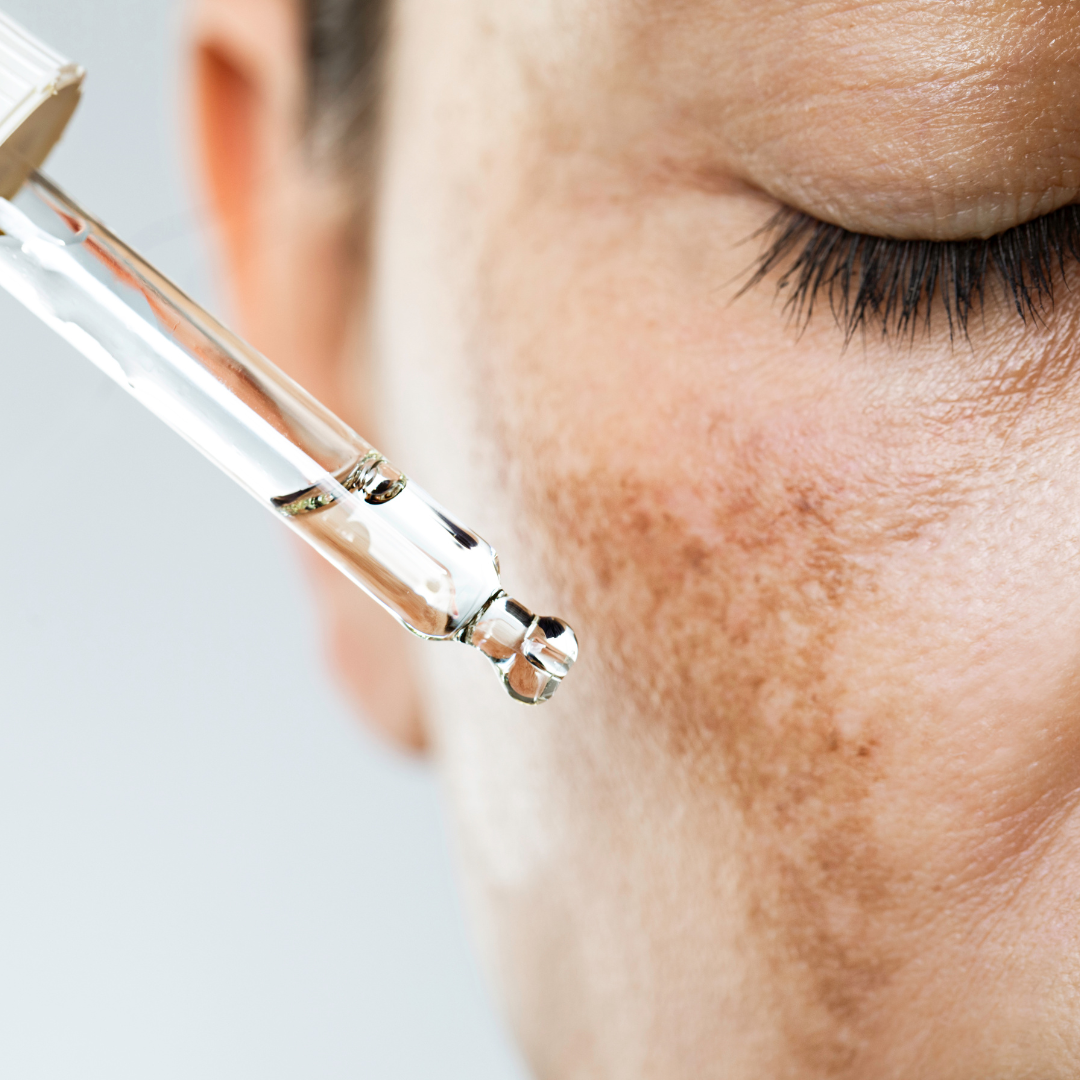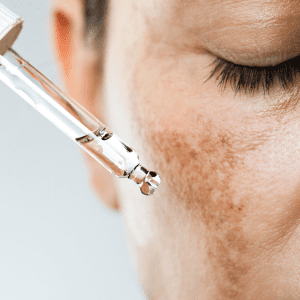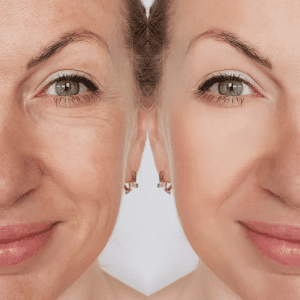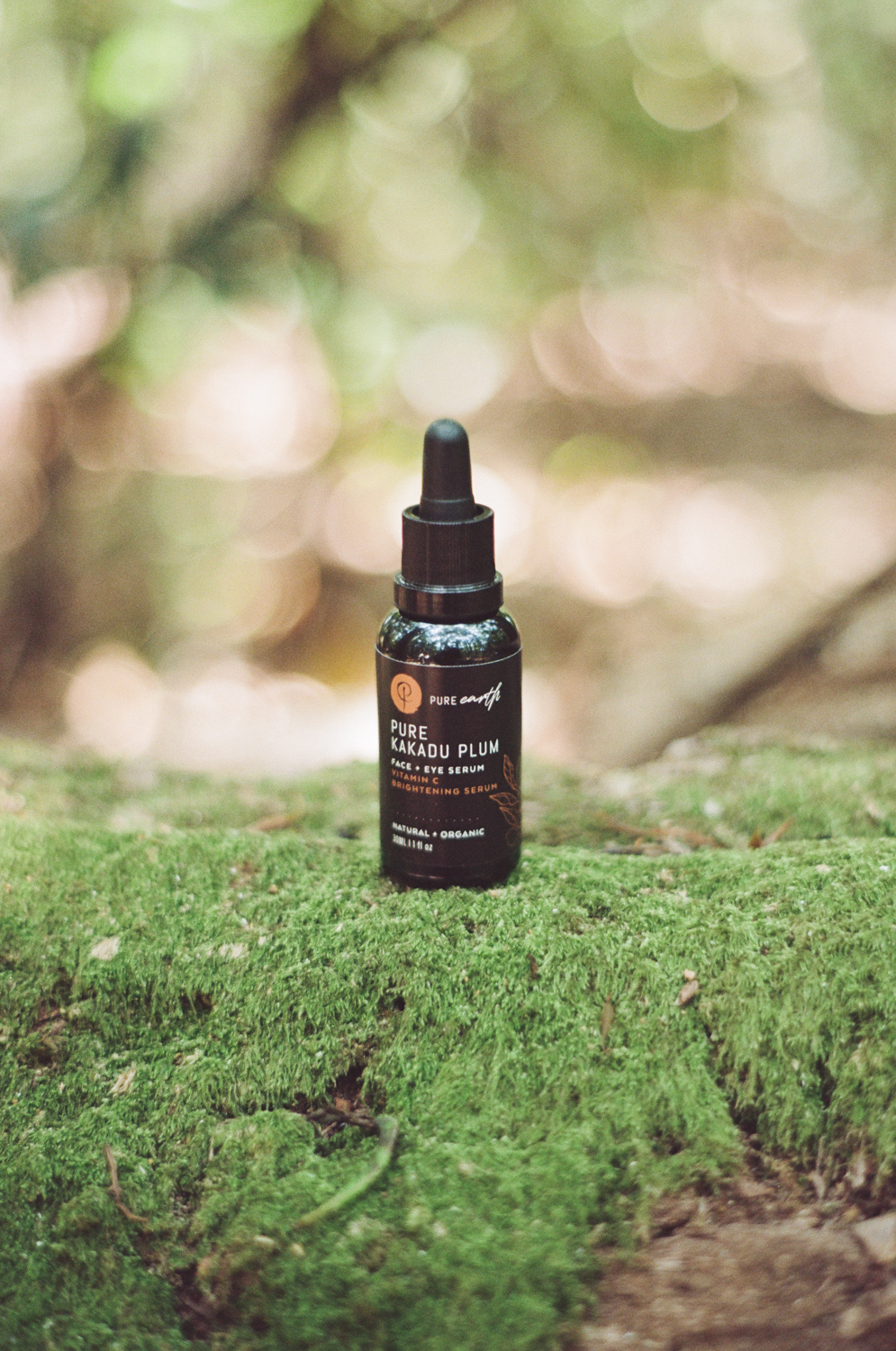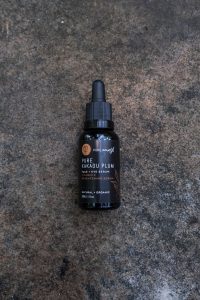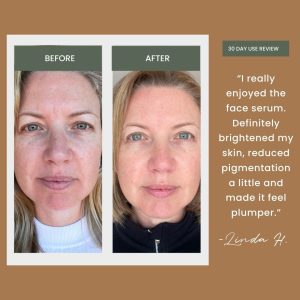22 Ways to Embrace a Low-Tox Lifestyle:
- Post author By pureearth
- Post date August 13, 2024
- No Comments on 22 Ways to Embrace a Low-Tox Lifestyle:
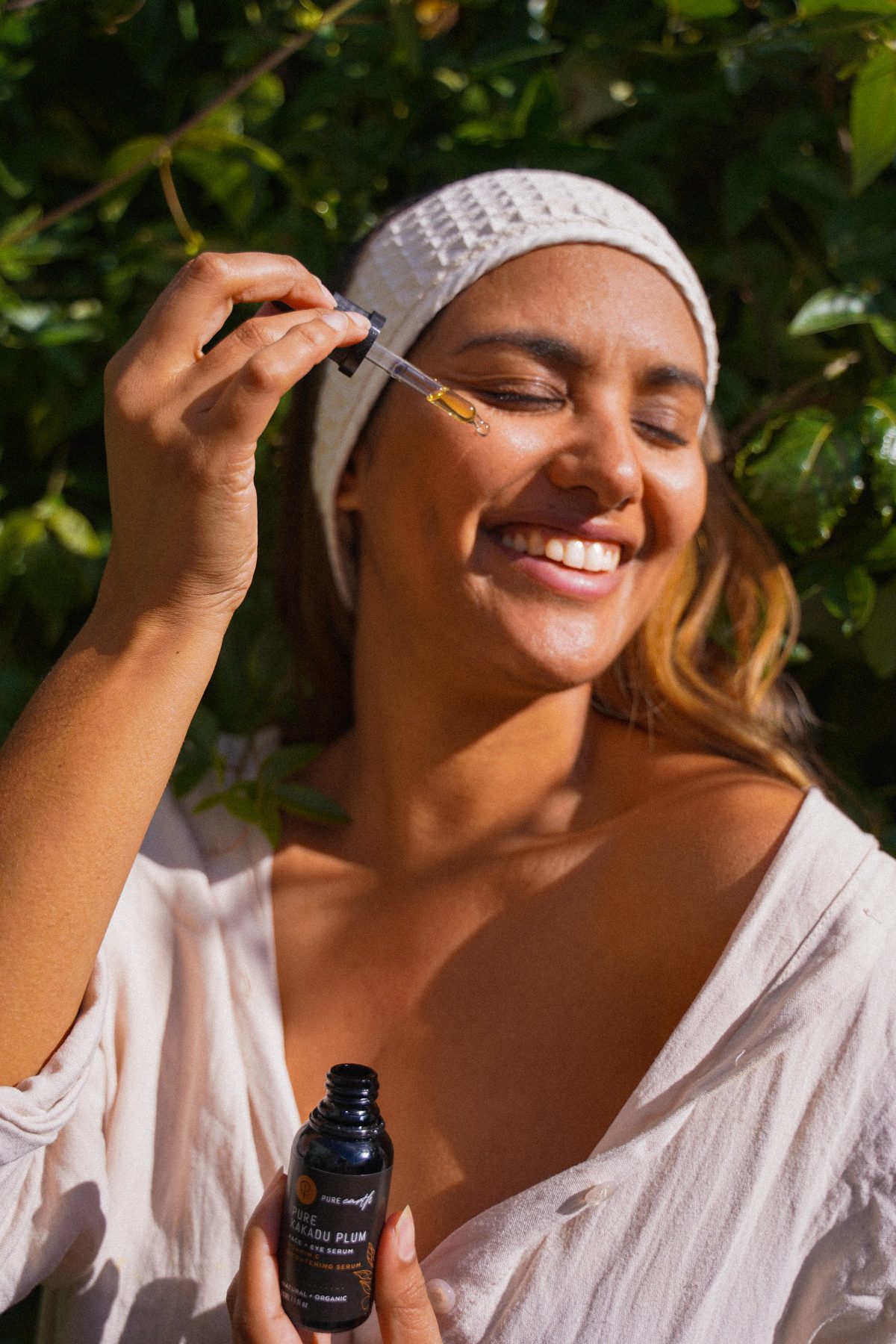
22 Ways to Embrace a Low-Tox Lifestyle:
Embarking on a journey towards low-tox living might seem daunting at first, but it’s all about taking small, manageable steps. By gradually making mindful choices, you can significantly reduce the toxins in your home and life. Here are 22 ways to help you transition to a healthier, low-tox lifestyle, one simple step at a time.
1: Start with Non-Toxic Cleaning Solutions
Conventional household cleaners are often loaded with harmful chemicals that can affect your respiratory health and contribute to indoor pollution. Switching to non-toxic, plant-based alternatives is a great first step. Try making your own cleaners using simple ingredients like vinegar, baking soda, and essential oils. Not only will this reduce your exposure to toxins, but it’s also cost-effective and eco-friendly.
2: DIY Natural Insect Repellent
Traditional insect repellents often contain chemicals like DEET, which have been linked to health issues. Instead, create your own natural repellent using essential oils such as citronella, eucalyptus, and lavender, mixed with a carrier like witch hazel. This ensures that your family stays protected from bugs without the harmful side effects.
3: Opt for Beeswax or Soy Candles
Many candles are made from paraffin wax, which releases harmful toxins when burned. Switching to candles made from beeswax or soy, or using essential oil diffusers, can help improve indoor air quality. Plus, these natural alternatives often have a longer burn time and can even act as natural air purifiers.
4: Switch to Wool Dryer Balls
Dryer sheets may leave your clothes smelling fresh, but they’re often coated in chemicals that can cause skin irritation and respiratory issues. Wool dryer balls are a fantastic alternative that naturally softens clothes and reduces drying time. Add a few drops of your favorite essential oil to the dryer balls for a natural, pleasant scent.
5: Choose Safer Laundry Detergent
Many conventional laundry detergents contain harsh chemicals that can remain on your clothes and irritate your skin. Consider switching to a natural detergent or even making your own using ingredients like washing soda, borax, and castile soap. This not only protects your skin but also reduces the environmental impact.
6: Invest in Safer Cookware
Non-stick cookware often contains PFAS, chemicals that have been linked to various health issues. Transitioning to safer alternatives like cast iron, stainless steel, or ceramic cookware can significantly reduce your exposure to these harmful substances. These options are durable and can even enhance the flavor of your food.
7: Use Mineral Sunscreen
Chemical sunscreens can contain ingredients that disrupt hormones and harm marine life. A safer alternative is a mineral-based sunscreen, which uses ingredients like zinc oxide to protect your skin from harmful UV rays without the toxic chemicals. This is especially important for children and those with sensitive skin.
8: Transition to Natural Deodorant
Conventional deodorants and antiperspirants often contain aluminum and parabens, which are linked to various health concerns. Switching to a natural deodorant may involve a detox period where your body adjusts, but the long-term benefits of avoiding these chemicals make it worthwhile.
9: Treat Stains Naturally
Instead of reaching for chemical-laden stain removers, consider using natural alternatives like baking soda, hydrogen peroxide, or vinegar. These options are not only safer for your family but are also effective at removing tough stains without the harsh chemicals.
10: Clean Up Your Makeup Bag
Many makeup products contain harmful chemicals like parabens and synthetic fragrances. Gradually replacing your makeup with clean, non-toxic options can make a big difference in reducing your overall toxin exposure. Look for products with simple, natural ingredients and avoid those with long, complicated ingredient lists.
11: Prioritize Daily Sweating
Sweating is a natural way for your body to detoxify. Incorporating daily exercise into your routine can help flush out toxins, boost your mood, and improve overall health. Whether it’s through a brisk walk, yoga, or a full workout, aim to break a sweat every day.
12: Test Your Tap Water
The quality of your tap water can significantly impact your health. Use online resources to check your local water quality and consider investing in a water filter if necessary. Filtering your water can remove contaminants like chlorine, lead, and other harmful chemicals, making it safer to drink and use.
13: Ditch Synthetic Fragrances
Perfumes, colognes, and air fresheners often contain synthetic fragrances that can disrupt hormones and cause allergies. Replace these with natural alternatives made from essential oils. Not only are they safer, but they also offer therapeutic benefits and can be customized to your personal preferences.
14: Eliminate Plastic from Your Kitchen
Plastic containers can leach harmful chemicals into your food, especially when heated. Switch to glass or stainless steel containers for food storage and use wooden or metal utensils instead of plastic ones. This simple swap can greatly reduce your exposure to toxins in the kitchen.
15: Use Natural Toothpaste
Conventional toothpaste often contains questionable ingredients like fluoride and sodium lauryl sulfate, which can irritate your mouth and potentially impact your health. Opt for a natural toothpaste that uses safe, effective ingredients like baking soda, coconut oil, and essential oils to keep your teeth clean and healthy.
16: Eat Whole, Unprocessed Foods
Processed foods are often loaded with preservatives, artificial colors, and other additives that can contribute to a higher toxin load in your body. Focus on eating whole, unprocessed foods, preferably organic, to reduce your exposure to these harmful substances and provide your body with the nutrients it needs.
17: Choose Organic Feminine Products
Many feminine hygiene products contain harmful chemicals and pesticides. Opt for organic, unbleached cotton products or consider reusable options like menstrual cups or cloth pads. These choices are not only safer for your body but are also better for the environment.
18: Consider Daily Supplements
Modern farming practices have depleted soils, making it harder to get all the nutrients we need from food alone. Adding a high-quality multivitamin or specific supplements tailored to your needs can help fill in the gaps and support your overall health. Consult with a healthcare professional to determine what’s best for you.
19: Get Outdoors Daily
Sunlight is a natural mood booster and provides essential vitamin D, which is crucial for bone health and immune function. Aim to spend at least 15-20 minutes outdoors each day, especially in the morning, to reap the benefits of natural sunlight and fresh air.
20: Maintain a Dust-Free Home
Household dust can contain a mix of harmful chemicals from various products used in the home. Regular dusting with a damp cloth, vacuuming with a HEPA filter, and reducing clutter can help minimize your exposure to these toxins. Pay special attention to areas where dust tends to accumulate, such as baseboards, vents, and behind furniture.
21: Choose Natural Fibers
Many fabrics, including those used in clothing, bedding, and furniture, are made from synthetic fibers that can release harmful chemicals over time. Whenever possible, opt for natural fibers like cotton, linen, wool, or hemp. Additionally, be mindful of fire retardants in furniture, which can be another source of toxins in your home.
22: Switch the Tea Bag for Loose Tea
Most tea bags contain plastics that can leach into your tea when exposed to hot water. Make the switch to loose leaf tea, which not only reduces your plastic exposure but also often results in a better-tasting cup. Use a stainless steel or glass tea infuser for an even lower-tox experience.
Conclusion
Low-tox living is a journey that starts with small, intentional changes. By incorporating these 20 steps into your daily routine, you can create a healthier, more sustainable environment for yourself and your loved ones. Remember, every small step counts towards a bigger, healthier change!
